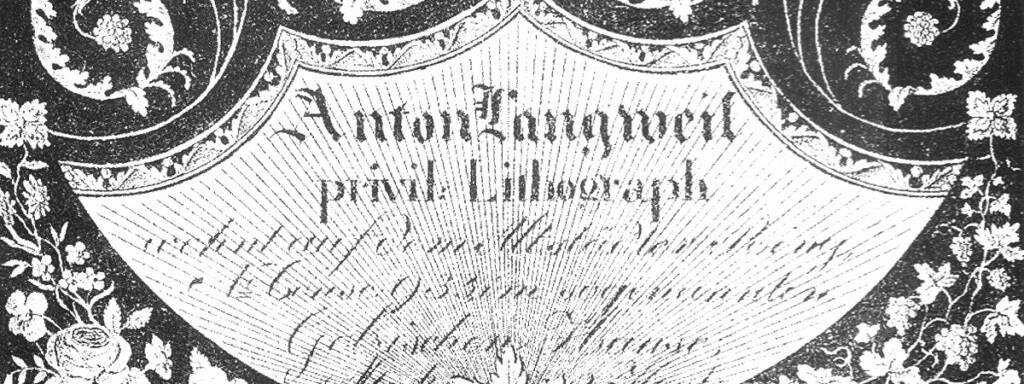Introduction
The business card, a stalwart of professional networking, has been around for centuries, evolving from elaborate calling cards in the 17th century to the sleek and informative cards we exchange today. In a world increasingly driven by digital interactions, the influencing power of a well-designed business card remains a testament to the importance of tangible connections. A business card isn’t merely a piece of cardstock; it’s a canvas for storytelling, a reflection of your brand, and a tangible extension of your identity.
Every aspect plays a pivotal role in shaping how a business card is perceived: the color sets the mood while the weight conveys substance, the texture engages the senses, and the printing techniques bring your vision to life. In this article, I’ll uncover the secrets to crafting business cards that not only catch the eye but also leave a lasting impression.
Paper Weight – Reinforcing Quality and Substance
Paper weight refers to the thickness or heaviness of the paper stock used for your business cards. It’s typically measured in grams per square meter (gsm) or pounds (lb). The choice of paper weight affects the card’s perceived quality and durability.
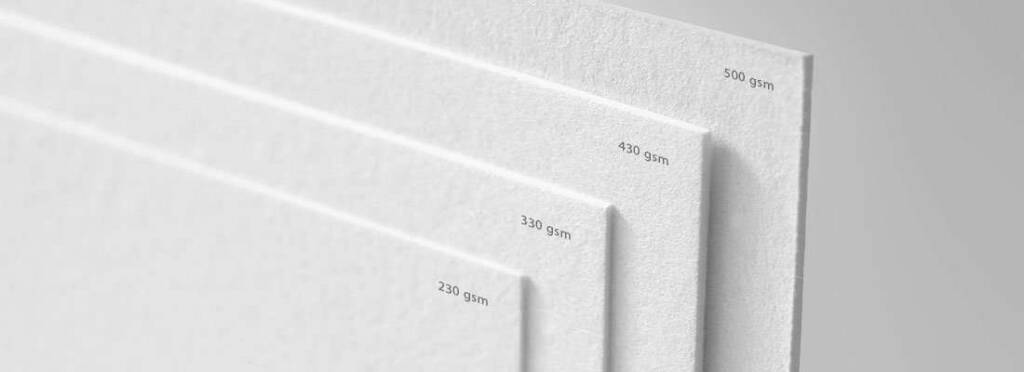
A comparison of different paperweights by Elegante Press.
1. Lightweight
(100-120gsm / 10-32lb)
Lightweight paper is often used for cost-effective business cards, but it can feel flimsy. It’s best suited for cards intended for mass distribution, such as promotional events.
2. Standard
(250-350gsm / 90-120lb)
This is the most common choice for business cards. It strikes a balance between durability and flexibility, allowing for easy storage in wallets or cardholders.
3. Heavyweight
(400gsm+ / 120lb+)
Heavyweight paper exudes luxury and durability. It’s ideal for businesses aiming to make a strong, lasting impression. Thick cards stand out and convey a sense of substance.
Paper Shade – Setting the Mood
The color or shade of your business card paper influences its overall aesthetic and impacts how your brand is perceived.
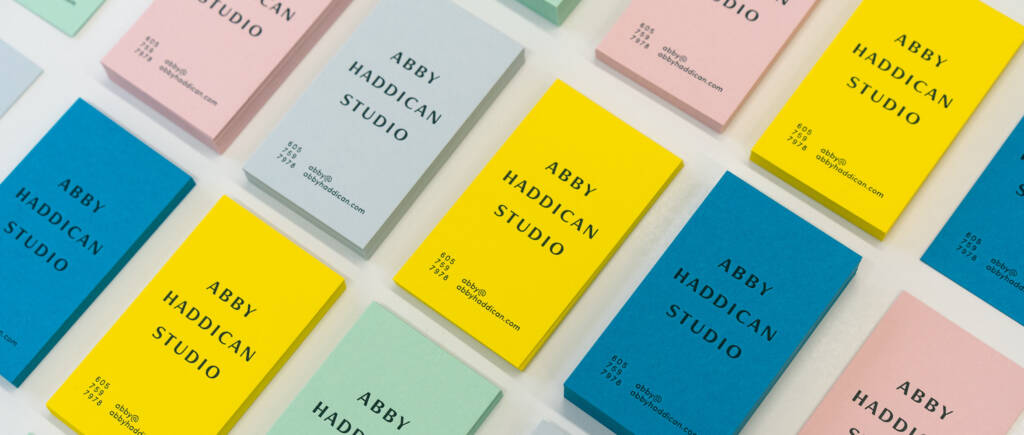
Abby Haddican business cards, image by Jukebox.
1. White
White is the classic choice, symbolizing purity, professionalism, and neutrality. It’s versatile and suits various industries.
2. Ivory/Cream
These warmer tones convey a sense of tradition, elegance, and timelessness. They are often chosen by businesses with a more classic or vintage aesthetic.
3. Colored
Colored paper can be used strategically to align with your brand’s color palette. It adds a pop of personality and can be eye-catching when done right. Instead of having a certain base color, some business cards stand out by having a colored core fixed between two layers of uncoated card stock, called color core. As an alternative, thicker edges can be painted or foil-stamped with custom colors and metallic shades.
Paper Texture – Adding Dimension and Personality
Adding texture to your business card creates a multi-sensory experience, making it visually appealing and engaging to the touch.
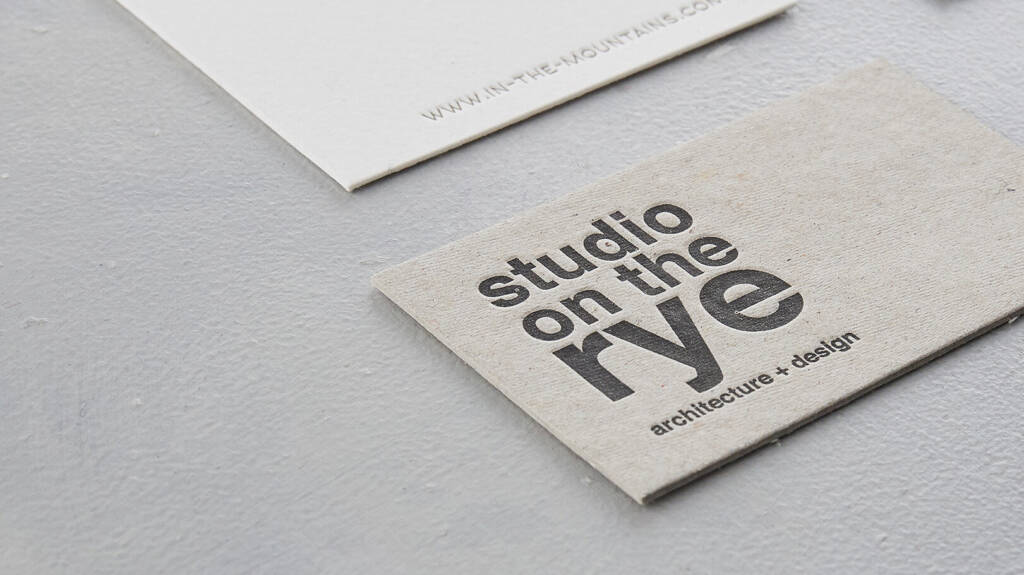
Business card design on 100% recycled paper by Wolf & Ink.
1. Smooth
Smooth paper conveys a sleek, modern feel. It’s easy to write on and works well for minimalist designs.
2. Linen
The linen-textured paper adds a subtle, crosshatched pattern that evokes a sense of sophistication and professionalism.
3. Suede or Velvet
These textures create a soft, luxurious feel. They are ideal for brands aiming for elegance and luxury.
4. Recycled
Recycled paper can communicate eco-friendliness and sustainability. It has a unique, rougher texture that aligns with environmentally conscious brands.
Card Shape – Taking unusual directions.
While the standard rectangular card remains the go-to choice for many professionals, alternative shapes offer creative opportunities to stand out.
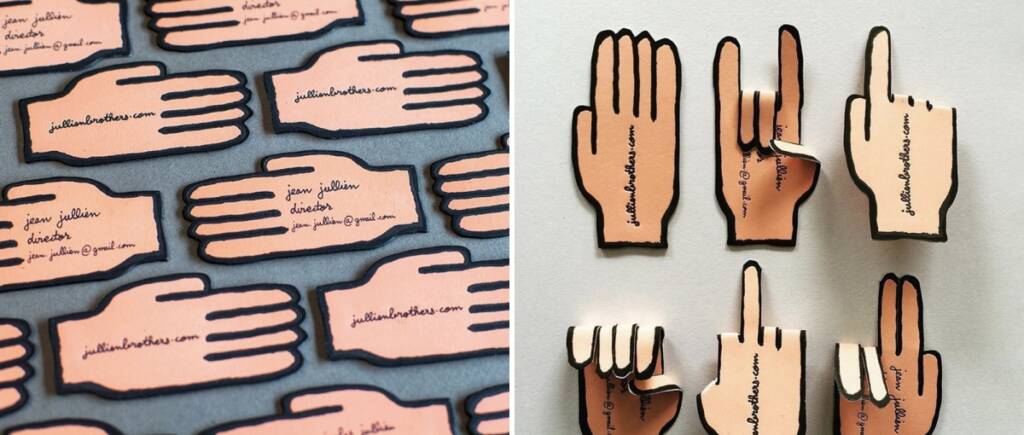
Die-cut business cards by Jean Jullien, image by Nixon Design.
1. Standard Rectangular Sizes:
In Europe, the standard dimensions for a business card are 85mm × 55mm. In the US and Canada, the widely accepted size is 3.5 inches × 2 inches (89mm × 51mm). This universally recognized format ensures that business cards conveniently fit into wallets, cardholders, and business card slots, making them highly practical for recipients to store and carry. As a result, this shape is the safest choice for a variety of industries.
2. Square Formats:
Breaking away from tradition, square business cards offer a unique and visually striking alternative. Typically measuring 55mm x 55mm or 2.5 x 2.5 inches (63.5 x 63.5 millimeters), they make a bold statement for those willing to step outside the box (literally).
3. Die-Cutting Options:
Die-cutting is a versatile technique that allows you to shape your business card in almost any way you can imagine. This technique will let you create business cards that mirror your brand’s logo or symbol, or incorporate cut-out patterns, irregular edges, or asymmetrical designs.
4. Alternative mediums
Some companies with a truly innovative approach go beyond the traditional mediums, and instead of having paper-based, two-dimensional business cards, they customize certain items of their choice, like keychains, pens, pen drives, or brand mascots. As an example, Lego executives carry their own Lego versions with contact details printed on their backs.
Printing Techniques – Adding Emphasis and Charm
Printing techniques can elevate certain elements, and draw attention to what matters most, whether it’s your company logo, contact information, or some other specific design element. As a tool of emphasis, it’s better to use them in moderation, because too many elements highlighted can cause distraction. As a decorative element, they can also look over-the-top and distasteful when overdone. But to the right amount and extent, they can elevate the look and feel of your cards from average to exquisite.
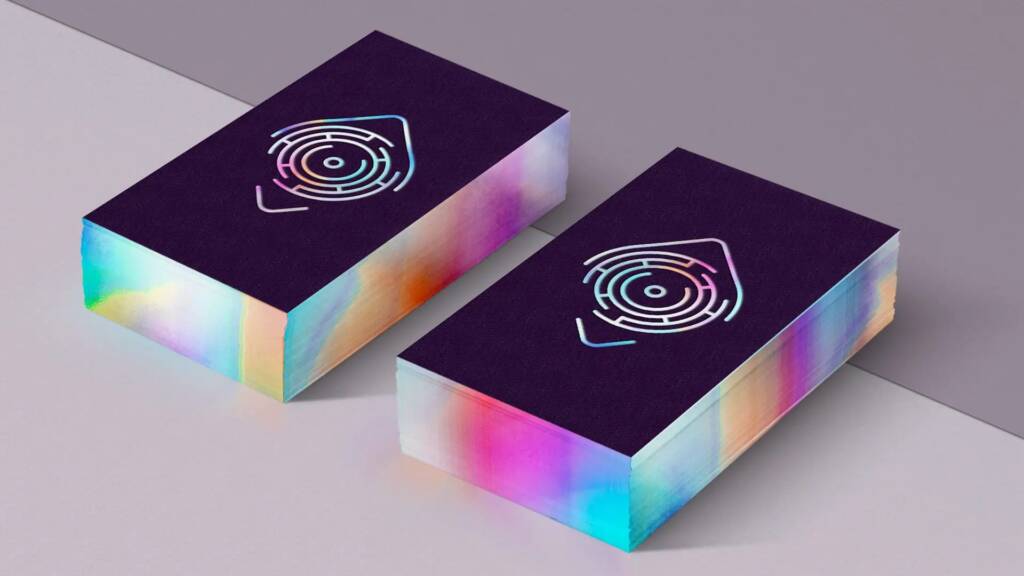
Hologram foil business cards for Cosmic Interactive by Borne.
1. Embossing and Debossing
Embossing and debossing are tactile printing techniques that add dimension and sophistication to your business card. Embossing raises specific design elements, such as your logo or contact information, above the card’s surface, creating a subtle 3D effect. On the other hand, debossing presses these elements into the card, giving a unique texture and a luxurious feel.
2. Foil Stamping
Foil stamping is an elegant way to add a touch of luxury to your business card. With a wide range of metallic, matte, and holographic foils available, you can create stunning visual effects that shimmer and catch the light.
3. Spot UV Coating
Spot UV coating involves applying a glossy, raised finish to specific parts of your business card. This technique creates a striking contrast between matte and glossy elements, drawing attention to the coated areas.
4. Letterpress Printing
Letterpress printing imparts a classic and artisanal quality to your business card. It involves pressing ink into the cardstock, resulting in deep impressions and a tactile feel. The subtle imperfections and unique textures created by letterpress printing add an element of craftsmanship to your design.
5. Laser Cutting
Laser cutting allows for intricate and precise designs that can’t be achieved with traditional cutting methods. This technique can create intricate patterns, filigree details, or even textural elements on your business card, adding modern and artistic flair to your card.

Laser-cut multi-layer business cards by Jukebox.
The Future of Networking: NFC Business Cards
In the ever-evolving landscape of networking, NFC business cards represent a compelling fusion of tradition and innovation. These cards, embedded with Near Field Communication (NFC) technology, facilitate seamless information exchange and offer advantages such as rich media support, and environmental sustainability. However, it’s essential to consider factors like device compatibility, contact preferences, and security when adopting this technology. While NFC business cards are on the rise, alternatives like QR codes and card scanner apps can also provide flexible solutions, ensuring accessibility for all. In our next blog, we’ll delve deeper into the world of NFC business cards, exploring their customization options and the evolving role of technology in networking. Stay tuned for more insights on this transformative networking tool.
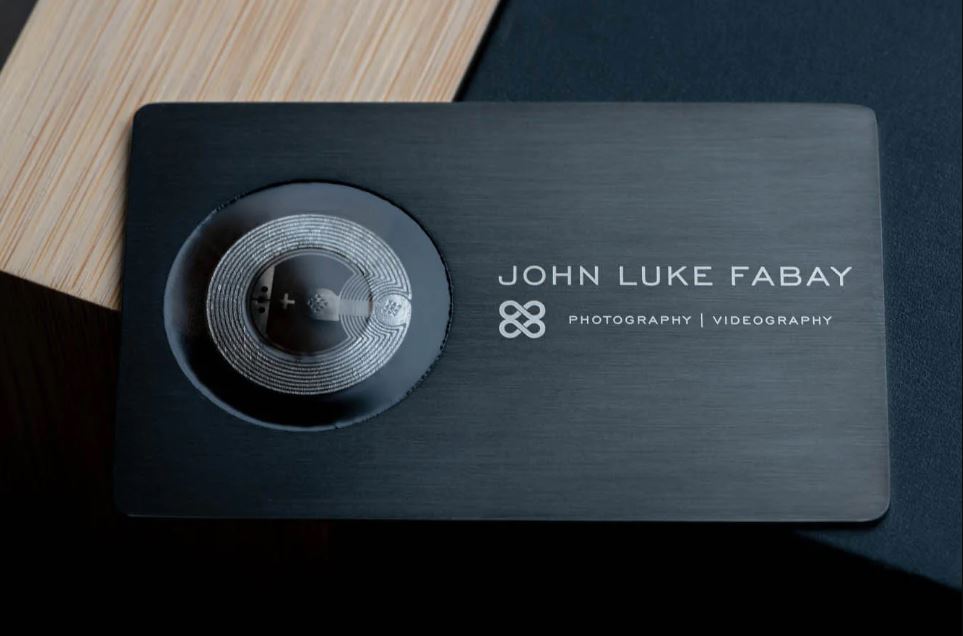
NFC business card layout by NCFCard.io.
Conclusion
A thoughtfully designed and expertly printed business card can make a remarkable difference in a digital world saturated with emails and LinkedIn profiles. By taking advantage of advanced printing techniques, and unique paper textures, you can create a business card that not only stands out but also conveys your brand’s personality, professionalism, and creativity. Remember, your business card is a tangible representation of your brand, so make it count by investing in quality execution that leaves a lasting impression on those you meet.
Header image: Visiting card of Antonín Langweil.

